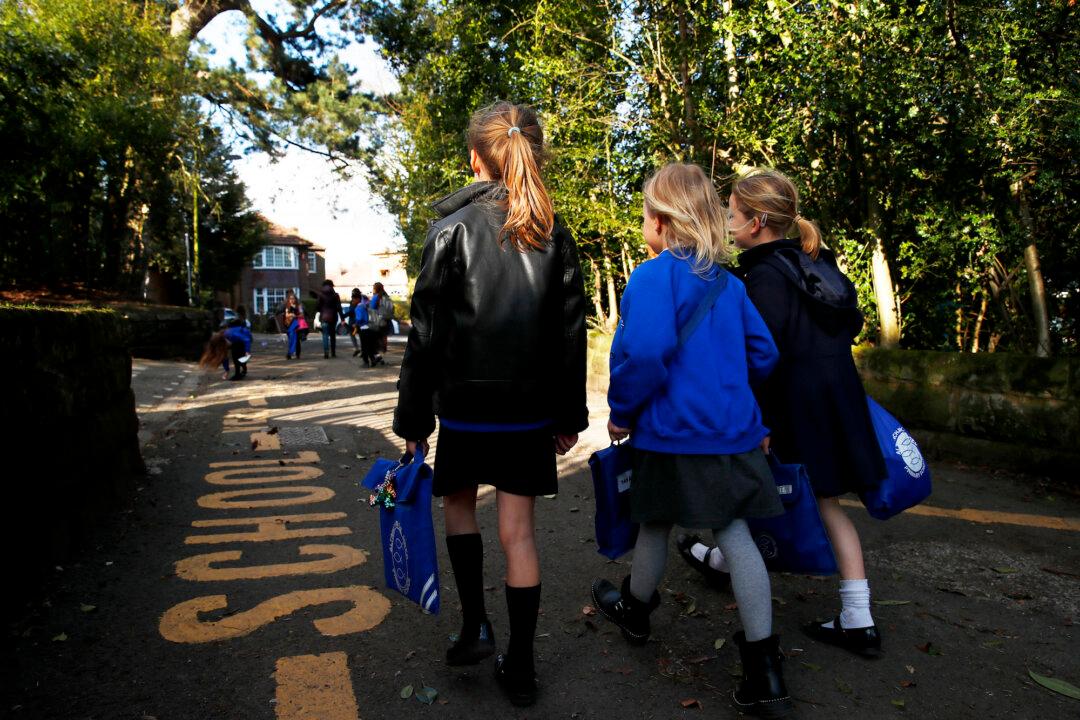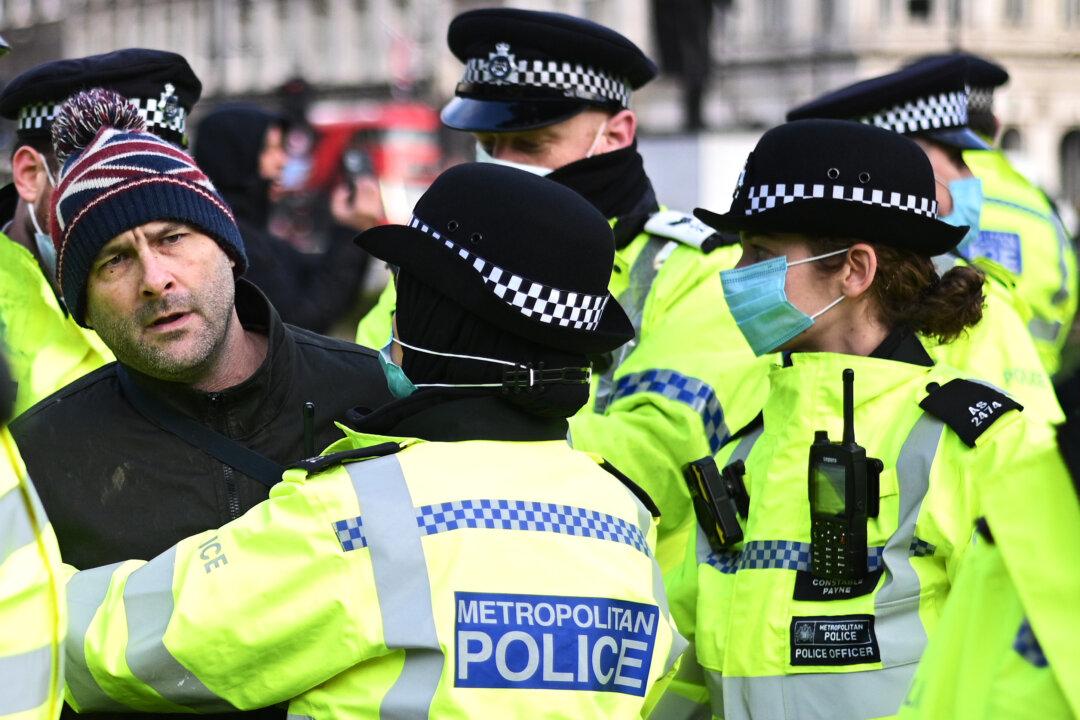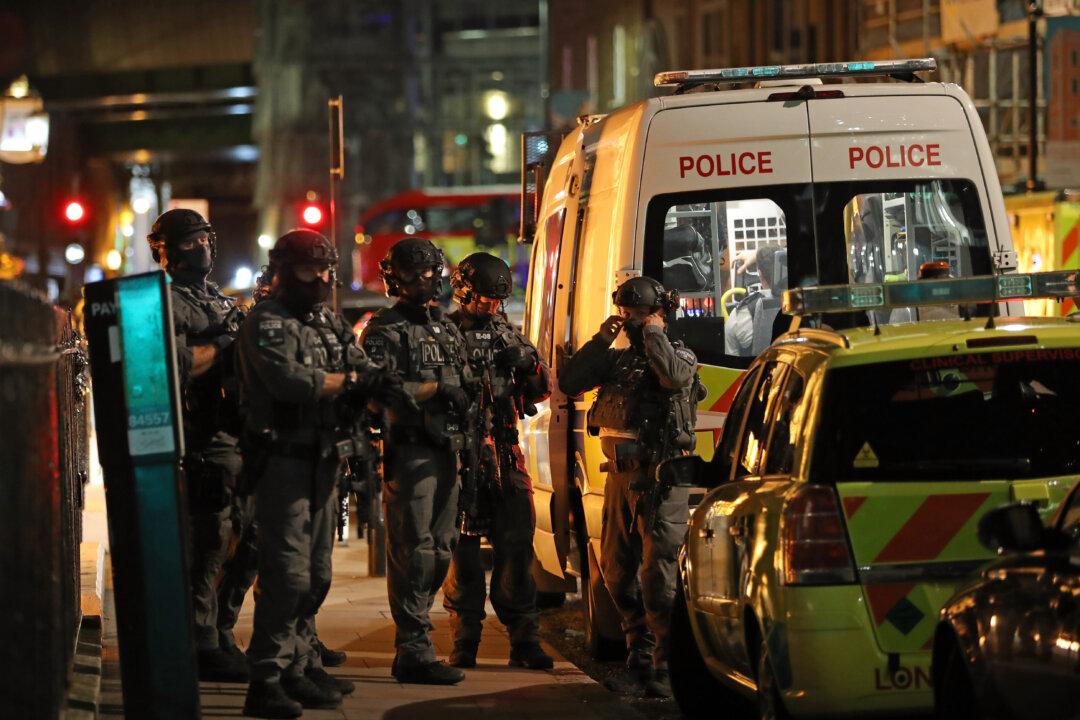Most schools in England and Wales are confident about the preparations they have made for pupils to return to school in September, but confidence about how to respond to future outbreaks of COVID-19 was not as high, a headteachers union said on Friday.
The government late on Friday released new guidance concerning school reopenings and “last resort” measures for future school closures if there are local outbreaks, provoking criticism from teachers about the last minute nature of the updates.





